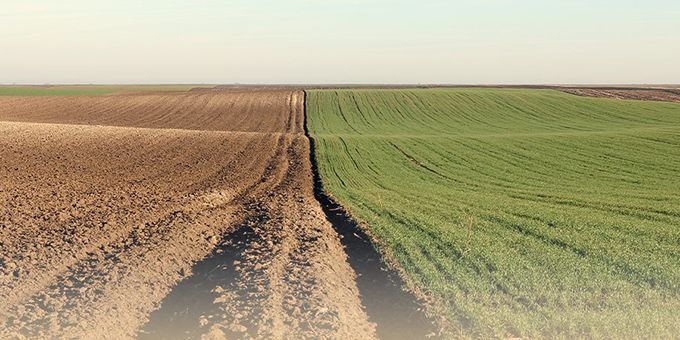We will discuss Phosphate today as it is the nutrient that I fear is most deficient on farms across the Canadian prairies and the northern Great Plains area of the US.
 Back to Basics Soil Fertility Part 2: Phosphate
Back to Basics Soil Fertility Part 2: Phosphate

Anyssa Gates | Farmers Edge
This is part two of five of Back to Basics: Soil Fertility that deals with soil and fertility. We will discuss Phosphate today as it is the nutrient that I fear is most deficient on farms across the Canadian prairies and the northern Great Plains area of the US.
It’s not the nutrient that unlike nitrogen, when missed, shows deficiency symptoms across the field. Phosphate deficiencies are more subtle and usually go unnoticed. In fact, I have only seen what I would identify as significant phosphate deficiencies four to five times in my career as an Agronomist. Interestingly, three of these fields showed up in the same year.
The year was 2009. If you recall, fertilizer prices spiked in 2008 to the point where many growers simply didn’t apply phosphate, and the sky didn’t fall in. In fact, because some growers didn’t see any issues, they eliminated their phosphate again in 2009. That year, I was called out to investigate fields that showed very slow growth compared to neighbouring fields. After investigation, soil and tissue sampling, I determined the stunted growth was due to phosphate deficiencies.
We have been removing more phosphate from the fields than we have been applying for years. A bit of a history lesion shows that phosphate was the original fertilizer used on the Canadian prairies and the northern Great Plains area of the US. The product 11-48-0 was introduced by Cominco as Elephant Brand Fertilizer. Farmers found that applying this product gave immediate results.
Research work determined that 50 lbs of this product or 24 lbs P205 per acre applied with the seed was a preferred rate to apply. It was also easy for farmers to calculate as fertilizer was sold in 50-lb bags in those days – so the rate was a bag an acre. For various reasons, this rate hasn’t changed a lot over the years. Farmers don’t see big visual differences and with wider row spacings, the safe applied rates in the seed row are limited for crops such as pulses, flax and canola. The result is that, while yields have doubled over the last 40-50 years, phosphate use has changed little since the late ‘70s. This can be seen in the following graph of data compiled by Dr. Rigas Karamanos. In the graph, he charts the usage of nitrogen and phosphate in western Canada and compares the ratio between the two.
The fact is we are removing 400,000 to 500,00 pounds more P205 than we apply. This should concern you as a producer. You have – for the most part – turned around the mining of organic matter that was common across the Canadian prairies and the northern Great Plains area of the US with the adoption of No-Till. Today, on many farms where No-Till is practices, we have seen an increase in organic matter. Sadly, this is not the case with phosphate. We are mining the phosphate out of the soil!
The content & opinions in this article are the author’s and do not necessarily represent the views of AgriTechTomorrow
Comments (0)
This post does not have any comments. Be the first to leave a comment below.
Featured Product


